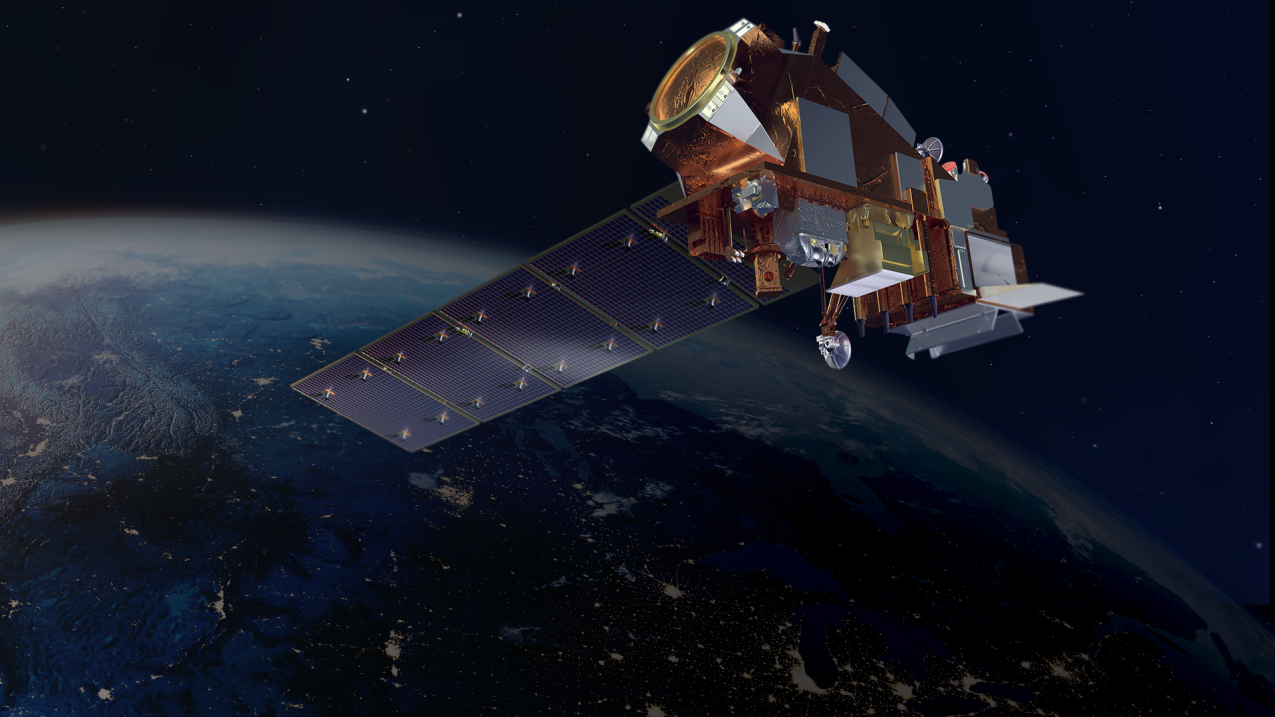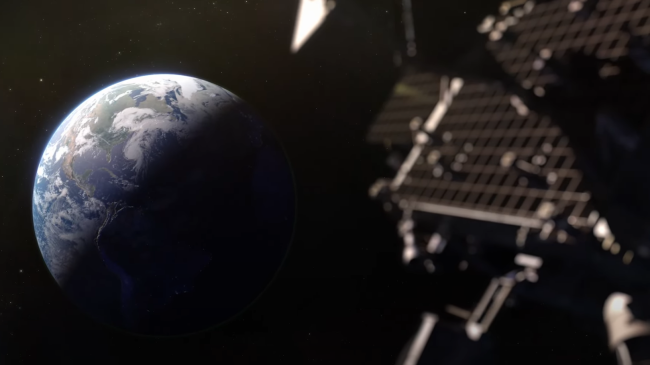NOAA’s newest satellite working to improve forecasts, track climate change

Artist’s rendering of the NOAA-21 satellite in Earth's orbit. (Image credit: NOAA)
It’s official: NOAA-21, the latest satellite in NOAA’s Joint Polar Satellite System, is operational.
The satellite joins its predecessors, Suomi NPP and NOAA-20, each circling the globe 14 times a day, providing a continuous stream of data to improve the accuracy of NOAA’s 3–7 day forecasts. This includes observations for extreme weather events and monitoring climate change.
The satellite launched in November 2022 as JPSS-2 was renamed NOAA-21 when it reached orbit. NOAA-21 now gives NOAA three spacecraft operating the most sophisticated technology the agency has ever flown in a polar orbit, capturing precise observations of the world’s atmosphere, land and waters.
“NOAA-21 will help generate improved, reliable forecasts that can save lives, protect property and provide communities and decision makers with the critical time needed to prepare for dangerous weather events,” said Michael C. Morgan, Ph.D., assistant secretary of commerce for environmental observation and prediction.
NOAA-21 provides NOAA’s National Weather Service with global data for the numerical weather prediction models used to develop timely and accurate U.S. weather forecasts. In addition, high-resolution imagery from the satellite’s Visible Infrared Imaging Radiometer Suite, known as VIIRS, will enable NOAA-21 to detect fog, Arctic sea ice, volcanic eruptions and wildfires.
This advanced modeling information and imagery, shared with international and governmental partners, will help businesses, emergency preparedness and response communities and individuals make the best decisions possible in the face of weather-related hazards.
“We rely on global temperature and moisture observations, which NOAA-21 provides, to develop our 3–7 day weather forecasts. Emergency managers also use those forecasts to pre-position resources before a storm hits,” said Ken Graham, director of NOAA’s NOAA National Weather Service.
“Along with our international partner EUMETSAT offsite link, which provides similar observations as NOAA-21, but from a different orbit, we have a formidable team of satellites feeding data into the models,” said Steve Volz, Ph.D, director of NOAA’s Satellite and Information Service.
JPSS satellites are designed to operate for seven years, with the potential for several more years of operation. The JPSS mission will deliver critical data and information for at least the next two decades to support a Weather-Ready Nation.
NOAA funds and manages the JPSS Program, operations and data products. On behalf of NOAA, NASA develops and builds the instruments and spacecraft, and launches the satellites. NASA developed the ground system, which NOAA operates and maintains.
Media contact
John Leslie, nesdis.pa@noaa.gov, (202) 527-3504



